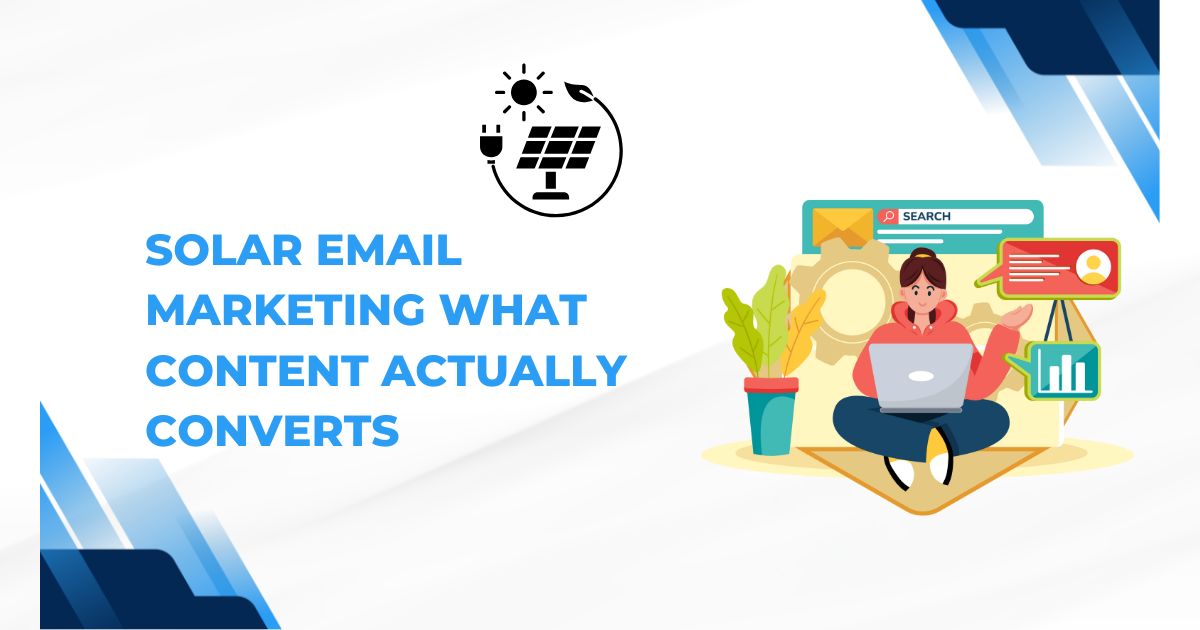
Solar companies face a unique challenge when it comes to email marketing. Unlike selling a pair of sneakers or a software subscription, solar installations involve significant investment, lengthy decision cycles, and complex technical considerations. Your email content needs to educate, build trust, and guide prospects through a journey that can span months.
The solar industry has grown exponentially, but with increased competition comes the need for smarter marketing strategies. Email remains one of the highest-ROI channels for solar companies, delivering an average return of $42 for every dollar spent. However, generic promotional emails won’t cut it when you’re asking homeowners to make a $15,000-$30,000 investment.
This guide explores the specific types of content that resonate with solar prospects, from educational resources that address common concerns to personalized communications that move leads through your sales funnel. We’ll also examine how marketing analytics and brand marketing principles can optimize your solar email campaigns for maximum impact.
Educational Content That Builds Trust
Solar prospects are typically in research mode when they first encounter your brand. They’re asking fundamental questions: How do solar panels work? Will they save money? What happens during installation? Your email content should anticipate and answer these questions systematically.
Solar Savings Calculators and Reports
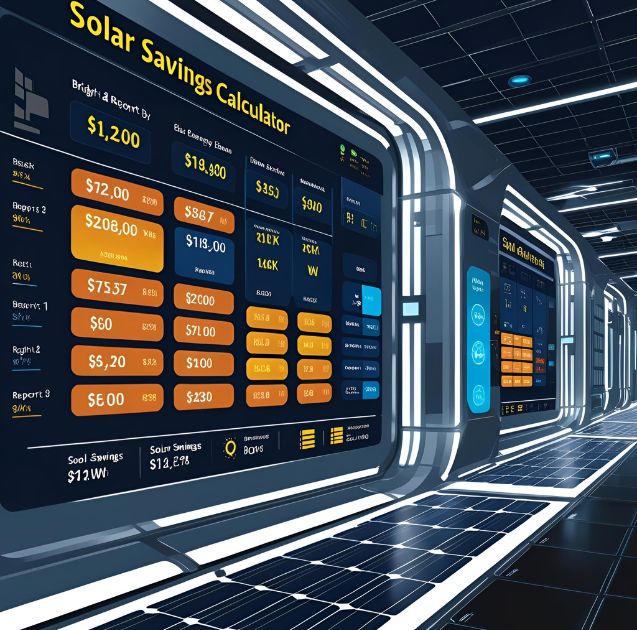
One of the most effective email types for solar companies features personalized savings calculations. These emails work because they translate abstract benefits into concrete dollar amounts. Send prospects a detailed breakdown showing their potential monthly savings, annual savings over 10-20 years, and environmental impact based on their specific location and energy usage.
Include interactive elements when possible. A simple calculator that lets recipients input their current electricity bill immediately makes your email more engaging and valuable. Follow up with additional emails that dive deeper into financing options, tax incentives, and payback periods.
Technical Education Series
Many homeowners feel intimidated by solar technology. Combat this with an educational email series that breaks down complex concepts into digestible pieces. Cover topics like:
- How photovoltaic cells convert sunlight to electricity
- Different types of solar panels and their benefits
- How net metering works in your service area
- What happens during cloudy days or power outages
- Maintenance requirements and warranty coverage
Keep explanations simple and visual. Include diagrams, short videos, or infographics that make technical concepts accessible to non-technical audiences.
Social Proof and Customer Success Stories
Solar installations are highly visible investments. Homeowners want assurance that they’re making the right choice, which makes social proof incredibly powerful in your email marketing strategy.
Before-and-After Case Studies
Feature real customers who have completed solar installations. Include their energy bills before and after installation, photos of their homes, and testimonials about their experience working with your company. Quantify results wherever possible: “The Johnson family reduced their electricity bill by 87% in their first year.”
These case studies work particularly well when you segment by demographics or home characteristics. Send ranch-style home case studies to prospects with similar properties, or feature customers in the same neighborhood or city.
Video Testimonials and Home Tours
Video content consistently outperforms text-only emails in terms of engagement rates. Create short video testimonials where satisfied customers walk through their solar experience. Include footage of the installation process, the finished system, and the customer explaining their decision-making process.
Virtual home tours showing solar installations can help prospects visualize how panels will look on their own property. This addresses one of the most common objections in solar sales: concerns about aesthetics.
Seasonal and Timely Content
Solar email marketing benefits from strategic timing aligned with both seasons and market conditions.
Seasonal Energy Usage Patterns
Summer cooling bills and winter heating costs create natural conversation starters for solar emails. Send targeted campaigns highlighting how solar can offset seasonal energy spikes. Include local weather data and energy usage patterns to make these emails highly relevant.
Winter emails might focus on how solar panels actually perform better in cold temperatures, dispelling the myth that solar doesn’t work in colder climates. Summer emails can emphasize peak production periods and maximum savings potential.
Policy and Incentive Updates
Solar incentives change frequently at the federal, state, and local levels. These changes create urgency and provide valuable content opportunities. Send immediate updates when new incentives become available or when existing programs face expiration dates.
Break down complex policy changes into simple explanations of what they mean for homeowners. Include clear next steps and deadlines to create appropriate urgency without being pushy.
Financing and Investment-Focused Content
Solar purchases often involve complex financing decisions. Your email content should demystify these options and help prospects understand their choices.
Financing Comparison Guides
Create detailed comparisons between cash purchases, solar loans, leases, and power purchase agreements (PPAs). Explain the pros and cons of each option, using specific examples and scenarios. Include interactive tools that help prospects determine which financing option makes sense for their situation.
Address common misconceptions about solar financing, such as concerns about home sales with leased systems or confusion about ownership structures with different financing options.
ROI and Investment Analysis
Frame solar installations as investments rather than expenses. Include emails that compare solar returns to other investment options like stocks, bonds, or home improvements. Use marketing analytics to track which financial comparisons resonate most with your audience segments.
Provide detailed breakdowns of payback periods, cash flow analysis, and net present value calculations. Make these financial concepts accessible with clear explanations and visual representations.
Personalized Communication Strategies
Generic solar emails perform poorly because solar decisions are highly personal and location-specific. Effective solar email marketing requires sophisticated personalization strategies.
Geographic Personalization
Solar potential varies dramatically by location due to factors like sun exposure, local electricity rates, and available incentives. Customize email content based on recipients’ specific locations. Include local weather patterns, average sun hours, regional electricity costs, and location-specific incentive programs.
Reference local landmarks, weather events, or community initiatives in your emails. This level of personalization demonstrates a genuine understanding of prospects’ local context and builds stronger connections.
Usage-Based Customization
If you have access to prospects’ energy usage data, create highly customized emails showing exactly how solar would impact their specific situation. Reference their actual electricity bills, usage patterns, and home characteristics in your communications.
This approach requires sophisticated marketing analytics capabilities but delivers significantly higher engagement rates than generic content.
Brand Marketing Elements That Build Credibility
Solar companies must establish trust and credibility through consistent brand marketing throughout their email campaigns.
Company Story and Values
Share your company’s origin story, mission, and values through email content. Solar customers often choose providers based on alignment with personal values around environmental responsibility and energy independence. Highlight your commitment to quality, customer service, and environmental sustainability.
Include information about your team’s experience, certifications, and local community involvement. Solar installations require ongoing relationships for maintenance and support, so prospects want to know they’re working with a stable, reputable company.
Industry Leadership and Expertise
Position your company as a thought leader through educational content that goes beyond basic solar information. Share insights about industry trends, new technologies, regulatory changes, and market developments. This type of content builds credibility and keeps your brand top-of-mind during long decision cycles.
Include team member credentials, industry certifications, and involvement in professional organizations. Highlight any awards, recognition, or media coverage your company has received.
Measuring Success with Marketing Analytics

Effective solar email marketing requires continuous optimization based on performance data. Marketing analytics should guide both content strategy and campaign refinement.
Key Performance Indicators
Track metrics beyond basic open and click rates. Monitor email-to-consultation conversion rates, consultation-to-sale conversion rates, and overall campaign ROI. Pay particular attention to engagement patterns across different content types to identify what resonates most with your audience.
Analyze unsubscribe patterns to understand which content types or sending frequencies cause list attrition. Solar email lists are valuable assets that require careful nurturing.
Segmentation and Testing Strategies
Use marketing analytics to identify successful segmentation strategies. Test different approaches based on demographics, home characteristics, energy usage patterns, and engagement history. Continuously refine your segmentation approach based on performance data.
A/B test subject lines, content formats, call-to-action placement, and sending times. Solar prospects often have specific scheduling preferences for when they engage with marketing content, so optimize sending times based on your audience’s behavior patterns.
Frequently Asked Questions
How often should solar companies send marketing emails?
Solar email frequency depends on where prospects are in the decision process. Early-stage prospects benefit from weekly educational content, while later-stage prospects may prefer less frequent but more detailed communications. Monitor engagement metrics to find the optimal frequency for your audience segments.
What’s the best day and time to send solar marketing emails?
Solar prospects typically engage with marketing emails during evening hours and weekends when they have time to research major purchase decisions. Tuesday through Thursday evenings and weekend mornings often show higher engagement rates, but test different times with your specific audience.
How long should solar email campaigns run?
Solar decision cycles typically span 3-6 months, so plan email campaigns that nurture prospects throughout this extended timeline. Create campaigns with 15-20 emails covering education, social proof, financing, and company information. Allow prospects to self-select their engagement level through email preferences.
Should solar emails include pricing information?
Avoid specific pricing in emails since solar costs vary dramatically based on individual circumstances. Focus on value propositions, savings potential, and financing options instead. Use emails to drive prospects to personalized consultations where pricing can be discussed appropriately.
Building Long-Term Relationships Through Strategic Content
Solar email marketing success requires a long-term perspective focused on education, trust-building, and relationship development. The most effective solar companies use email not just as a sales tool, but as a platform for ongoing customer education and community building.
Start by auditing your current email content against these categories. Identify gaps in your educational content, opportunities for better personalization, and areas where stronger brand marketing could build additional credibility. Remember that solar prospects are making significant financial and lifestyle decisions, so your email content should respect the gravity of their choice while providing the information and reassurance they need to move forward confidently.
Use marketing analytics to continuously refine your approach, testing different content types and personalization strategies to optimize for your specific market and audience. The solar industry’s growth creates tremendous opportunities for companies that can effectively nurture prospects through thoughtful, strategic email marketing.



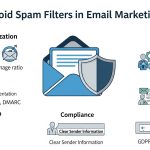


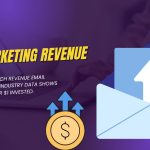
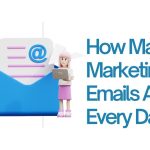
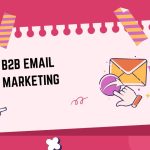






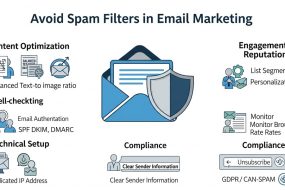
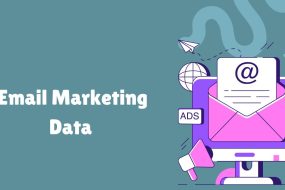
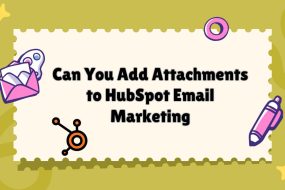
No Comments